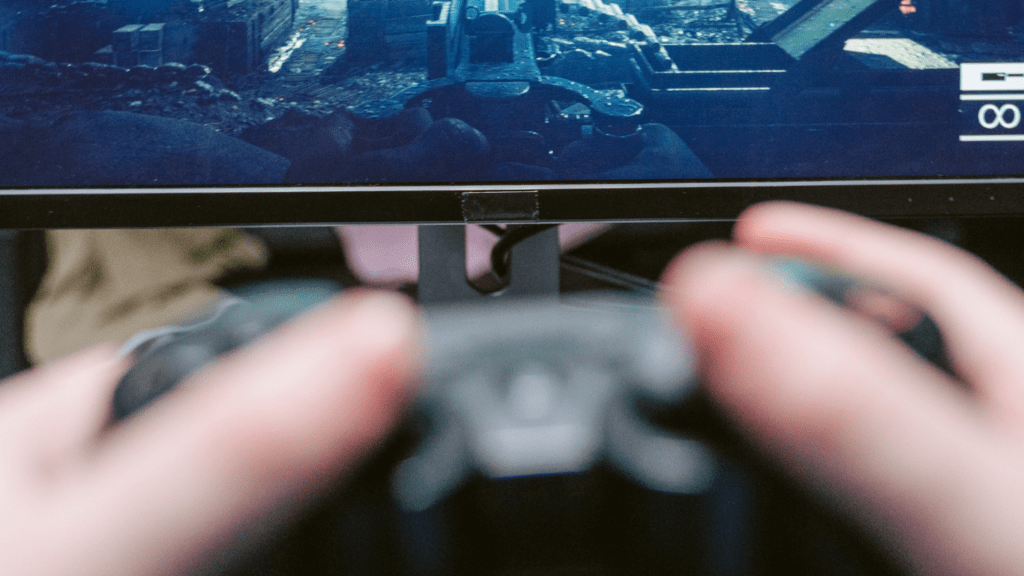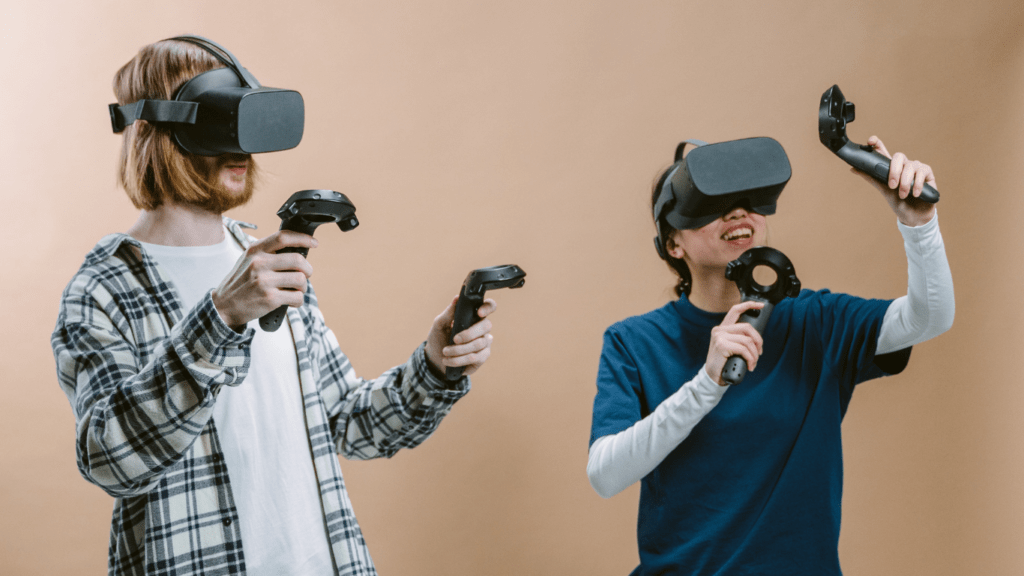As a gaming enthusiast, I’ve always been fascinated by how technology continues to revolutionize the way we experience games. One such innovation that has taken the gaming world by storm is haptic feedback technology. This cutting-edge advancement not only immerses players in the virtual world but also enhances their gameplay experience like never before.
Imagine feeling the impact of every explosion, the rumble of a vehicle racing across rough terrain, or the subtle vibrations of footsteps approaching from behind. With haptic feedback technology, these sensations are no longer limited to just visual and auditory cues; they are now tangible, adding a new dimension to the overall gaming experience. In this article, we’ll delve into how haptic feedback technology is reshaping the landscape of gaming and elevating player engagement to unprecedented levels.
Understanding Haptic Feedback Technology
Haptic feedback technology is a game-changer in the gaming industry, enhancing player experiences by providing realistic sensations such as explosions, vehicle movements, and footsteps. This innovation immerses players in the virtual world, taking engagement to new levels.
The Basics of Haptic Feedback
In haptic feedback, tactile feedback is used to simulate the sense of touch through vibrations, forces, or motions. By incorporating this technology into gaming devices, players can feel the impact of in-game actions physically. For example, when a player’s character jumps or lands, the controller vibrates accordingly, creating a more immersive gaming experience.
Evolution of Haptic Feedback in Gaming
The evolution of haptic feedback in gaming has been remarkable, starting from simple rumble vibrations to complex feedback mechanisms that intricately replicate various sensations. Early haptic technologies primarily focused on basic vibrations, but as gaming hardware advanced, so did the sophistication of haptic feedback. Modern haptic systems can simulate a wide range of textures, forces, and movements, making virtual interactions more realistic and engaging for players.
How Haptic Feedback Enhances Gameplay

Haptic feedback technology significantly enhances the gameplay experience by providing players with realistic sensations, creating a more immersive and engaging environment. Let’s explore how this innovative technology impacts gaming.
- Increasing Immersion in Games
I enhance players’ immersion in games by replicating real-world sensations and interactions through tactile feedback. When players experience vibrations, forces, and motions that correspond to in-game actions, it adds a new dimension to their gaming experience. The sense of touch allows players to feel the game environment, making interactions more lifelike and captivating. - Improving Gameplay Accuracy and Response
I amplify gameplay accuracy and response times by providing physical feedback that aligns with in-game events. By feeling the feedback from haptic technology, players can better understand the consequences of their actions in the game. This heightened awareness leads to improved decision-making and quicker responses, ultimately enhancing the overall gaming performance.
Key Innovations in Haptic Feedback for Gaming
In the realm of gaming, the development of haptic devices and controllers has been pivotal in revolutionizing the player experience. These innovations have not only amplified the levels of immersion but also heightened the realism and engagement within virtual worlds.
Development of Haptic Devices and Controllers
The advancement of haptic devices and controllers has ushered in a new era for gamers, providing them with nuanced feedback that transcends traditional visual and auditory stimuli. These devices are designed to deliver precise vibrations and tactile sensations, mirroring the actions and events in gameplay to create a truly immersive experience.
Case Studies: Successful Implementations in Popular Games
Numerous popular games have effectively incorporated haptic feedback technology to elevate gameplay to new heights. Titles like “Call of Duty: Warzone” and “Assassin’s Creed Valhalla” have seamlessly integrated haptic feedback into their gameplay mechanics, allowing players to feel the impact of every gunshot, explosion, or sword clash, intensifying the overall gaming experience.
The Future of Haptic Feedback in Gaming
As haptic feedback technology continues to evolve, the future of gaming experiences is poised for incredible advancements. Developers are constantly exploring emerging trends and technologies to further enhance player immersion and engagement.
Emerging Trends and Technologies
In the realm of haptic feedback in gaming, emerging trends point towards more refined and customizable feedback mechanisms. Developers are focusing on creating tailored haptic experiences that cater to individual player preferences. This customization may involve varying levels of intensity, duration, and types of feedback to provide a personalized gaming sensation.
Predictions for New Gaming Experiences
Looking ahead, the integration of haptic feedback into virtual reality (VR) and augmented reality (AR) gaming environments is a promising avenue. The convergence of haptic technology with VR and AR capabilities could offer unprecedented levels of realism and sensory engagement. Players may soon experience games where they not only see and hear but also feel the virtual world around them, blurring the lines between reality and fantasy. This immersive integration has the potential to revolutionize gameplay experiences, transporting players into entirely new realms of interactive entertainment.



